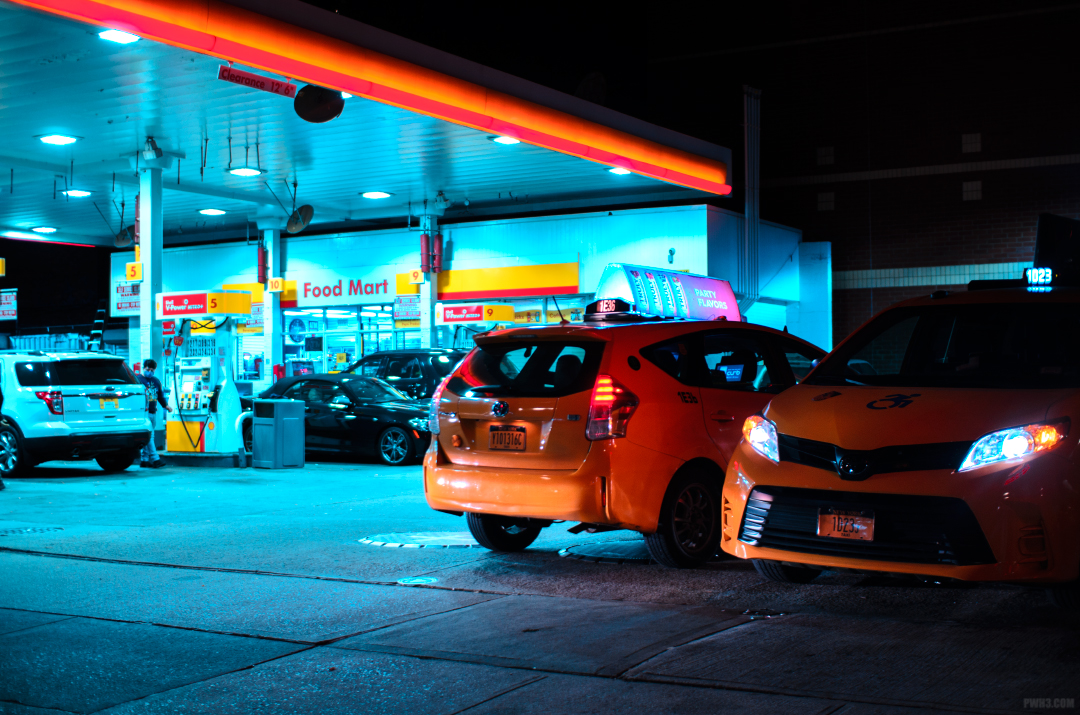Your goal as a photographer should be to show your clients, your audience and your fans images of the highest possible quality. I’m not saying you always have to “wow” people with dramatic shots of exotic locations. What I mean is that you should produce images of high technical quality. Here are some guidelines for evaluating your own images to see if they meet the standards of high-quality photography.
Your Images Should Be Sharp
I often see photographers on social media sharing images that are slightly blurry or slightly out of focus. A blurry photo really reduces the impact of the scene you’re trying to convey and is distracting to the viewer. Blurry photos should always be deleted and never shared; they should be considered mistakes that shouldn’t be shown to anyone. It doesn’t matter how rare or unique the shot may be, if it’s blurry then you should not share it publicly.
Your Images Should Have Rich and Accurate Colors
There’s no longer any excuse to produce images with poor color. Many older cameras (such as the Nikon D90 and the models that came before it) have terrible colors. You will probably notice that older sensors give unfortunate greenish and yellowish casts to all of your photos. Compare the images from your old camera with any DSLR camera made after 2011 and you will surely see a difference. Even recent smartphones capture far better colors than older DSLRs. If you are using a camera older than the Nikon D90 or Canon’s equivalent from the same era, then it’s time to upgrade.
Upgrading to a newer camera doesn’t have to be expensive. I always recommend buying used, and if you’re already shooting you probably already have a good collection of lenses, so you can just buy a camera body alone. You can get a nice, newer consumer or entry-level DSLR body for less than $300 used. An inexpensive modern DSLR will give you amazing results compared to cameras of the past.
You Should Shoot With the Lowest ISO Setting You Can Get Away With
No matter the camera, the higher the ISO level, the more noise will be introduced into your image. And in the case of a lot of cameras, it’s not just noise that’s a problem. As the ISO goes higher, many sensors tend to lose dynamic range and color accuracy. Go high enough on the ISO (usually past ISO 3200) and your images will likely end up with horrible magenta casts in the shadows and more of those greenish hues in the highlights. You might as well be shooting with that outdated camera all over again. Add sensor noise into the mix and you have yourself a truly poor image.
The easiest thing you can do to make sure you always use a reasonable ISO value is to set an upper ISO limit in your camera’s options. In the past, I have typically set the ISO limit of my cameras to ISO 3200 if I am shooting at night or at a poorly lit event. If you can get away with a lower setting, that will be even better.
If you are even more serious about getting the best ISO quality, try shooting in fully manual mode. This way you can set a specific ISO and control the shutter speed and aperture to capture the image.
You Should Shoot in a Way That Minimizes the Need for Cropping
This one might be hard under some conditions, but if you can, try to take multiple photos of your scene or subject with a variety of focal lengths. If this means changing lenses, then you should do it, even if changing lenses is time-consuming and awkward.
If you can’t change focal lengths or can’t change lenses, try walking forwards or backwards and taking multiple photos of the scene from varying distances. Take some close photographs. Take some photographs from a distance. Leave more of the sky in a few shots. Zoom in (or walk closer) and reduce the amount of sky in other shots.
Finally, take multiple photos horizontally and vertically at all focal lengths and distances.
When you’re back home and it’s time to edit the photos, choose the best shots of the bunch that don’t need much cropping.
You want to minimize how much you need to crop a photo because cropping greatly reduces the quality of the image. A cropped image is always less-sharp and has more noise than the full, original frame. A bit of cropping is usually necessary to fit your image into the final form that the viewer will see (such as an 8×10 print, or a 1080P screen). But the more you can minimize how much of the photo needs to be cropped, the higher quality your image will be.
Hopefully these tips are useful to you and will help you produce images of the best possible quality. If you have an additional tips that you use when shooting, feel free to leave a comment below!

